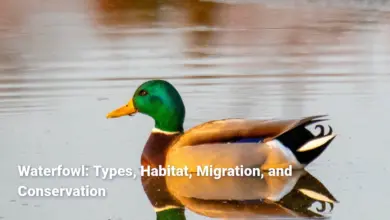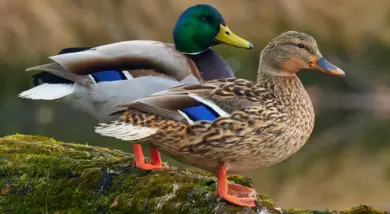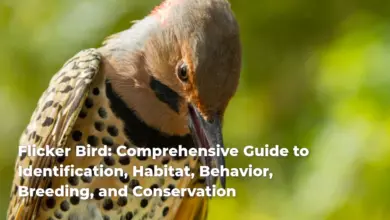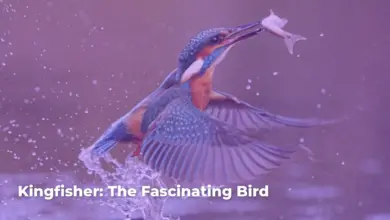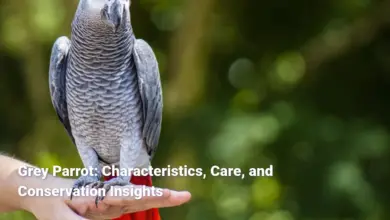Garden Warbler: Exploring Habitat, Behavior, and Conservation of This Elusive Bird
Unveiling the Garden Warbler: Its Habitat, Behavior, and Conservation Efforts
The Garden Warbler (Sylvia borin) is a charming yet often overlooked songbird. With its subtle appearance and rich, melodious song, it captures the hearts of bird watchers and nature lovers alike. Found mainly in the woodlands and thickets of Europe, the Garden Warbler is known for its elusive nature, gliding through the underbrush with grace, and its undeniable talent for melody, which can echo through forests in the early morning hours.
As the summer arrives, these birds make their presence known, heralding the season with their song that carries a sense of freedom and joy. While many might associate gardens with vibrant and colorful birds, the Garden Warbler prefers the embrace of natural woodlands, showcasing nature’s beauty in its purest form. This article delves into the habitat, diet, breeding behaviors, migration patterns, characteristics, songs and calls, conservation status, and the broader ecological role of the Garden Warbler, providing a comprehensive overview of a bird that embodies the spirit of natural resilience and adaptation.
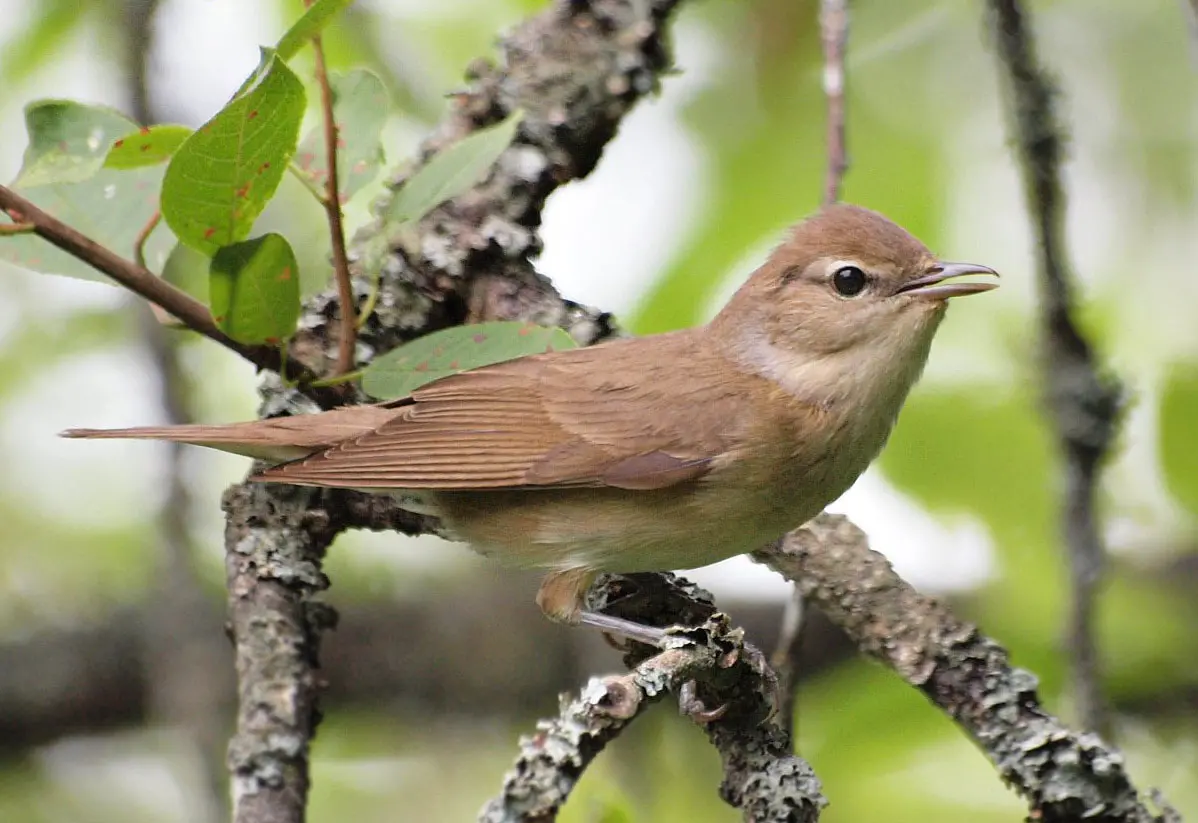
Habitat of the Garden Warbler
The habitat of the Garden Warbler (Sylvia borin) largely defines its behavior and life cycle, making it a fascinating subject of study. This bird thrives in deciduous and mixed woodlands, where it can find dense undergrowth, shrubs, thickets, and woodland edges to conceal itself. Imagine a secretive artist, painting its life amidst a canvas of leaves and branches; the Garden Warbler prefers shady environments filled with vibrant underbrush to flourish. Unlike many of its more colorful relatives found in gardens, the Garden Warbler opts for more natural or semi-wild surroundings, often seen near mature gardens that border woodland areas.
- Preferred Habitat Features:
- Dense shrubbery for protection from predators.
- Open areas with abundant bushes, which provide natural cover.
- Shady locations that offer ideal foraging spots and nesting sites.
The importance of such habitats cannot be overstated. They are akin to the heart of an ecosystem, providing food, shelter, and breeding grounds not only for the Garden Warbler but for countless other species. The intricate interplay of flora within these areas supports a variety of insects, which serve as primary food for the warblers during the breeding season, showcasing a well-adapted species that knows how to thrive in its environment.
Diet of the Garden Warbler
The dietary habits of the Garden Warbler reflect its adaptability and seasonal changes in its environment. During the breeding season, these birds are primarily insectivorous, feasting on a veritable buffet of caterpillars, flies, beetles, and small invertebrates such as spiders. They are like dedicated gardeners, nurturing their young with nutritious insects that ensure healthy growth and vitality.
As summer wanes and migration approaches, their diet undergoes a remarkable transformation quickly shifting from the protein-rich insects of spring to the sweet, succulent fruits and berries that abound. Figs stand out as a particular favorite during this time, reminiscent of a hunter savoring the greatest bounty before embarking on a long journey. This dietary evolution plays a critical role in fattening them up for the migration ahead, illustrating not only their nutritional needs but also their keen ability to adjust to the rhythms of nature.
- Dietary Breakdown:
- Breeding Season: Primarily insects (caterpillars, flies, beetles).
- Pre-Migration: Fruits and berries (notably figs).
Through this dietary flexibility, the Garden Warbler epitomizes the adaptive strategies of wildlife, demonstrating how interconnected they are with their ecosystem and highlighting the necessity of preserving suitable habitats for their survival.
Breeding Behavior of the Garden Warbler
During the warmer months, the breeding behavior of the Garden Warbler becomes a spectacle of devotion and resourcefulness. Breeding typically occurs from April to July, a period marked by the full bloom of nature and the need for these birds to secure their futures. Males take the lead, arriving at breeding territories first to establish their presence. Their rich, melodic songs serve a dual purpose: attracting potential mates and warding off rivals. It’s akin to a musician claiming their stage, the soulful warble ringing through the trees, echoing their vitality and readiness to mate.
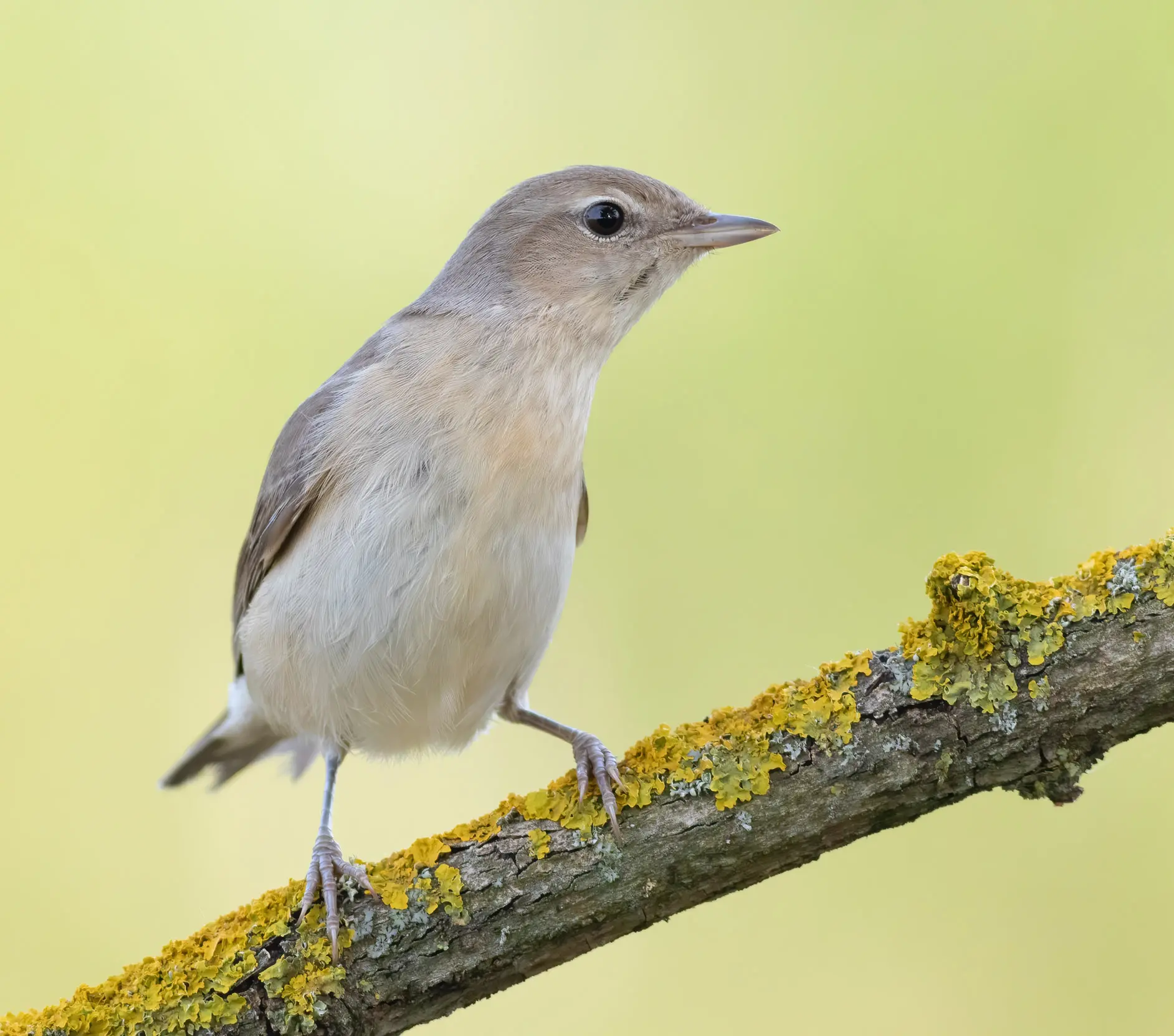
Once a pair has formed, the female takes charge of constructing the nest, which is cleverly concealed within dense vegetation to protect it from predators. Nests are typically crafted at heights ranging from 0.3 to 1.2 meters above ground and are composed of materials like dry grass, moss, and fine materials such as hair. A typical clutch consists of 4-5 eggs, variably marked in white or buff shades, adding regularity to their artistic lives.
- Breeding Behavior Highlights:
- Males establish territories through song.
- Nests are well-concealed to ensure safety for eggs and fledglings.
- Both parents participate in incubating and feeding the chicks.
Following a brief incubation period of 11-12 days, the chicks emerge, completely reliant on their parents for care and sustenance. They are altricial, meaning they are devoid of feathers and need nurturing. Fledging occurs approximately 10 days post-hatching, but the parental care continues well beyond, echoing the themes of love and responsibility that permeate their lives.
Migration Patterns of the Garden Warbler
The migration of the Garden Warbler is a captivating phenomenon that showcases its resilience and adaptability. These birds are strong migrants, typically embarking on a long journey to sub-Saharan Africa as the cooler months approach. Migrations begin in mid-July and peak by early September, a time when the forests grow quieter, and the rhythm of summer begins to fade. Imagine a great migration akin to a symphony fading into silence the Garden Warblers travel in flocks, often accompanied by other small birds on their journey south.
This nocturnal migration presents an impressive adaptation, with the warblers crossing challenging landscapes, such as the Sahara Desert, under the cover of night. They select shaded resting areas during the day, allowing them to regain strength and energy for the next leg of their journey. Studies illustrate that changing climate patterns are affecting these migratory dynamics Garden Warblers are now arriving in Europe earlier than recorded in previous decades, while juveniles are departing later than they did in the 1980s.
- Migration Insights:
- Departure: Begins mid-July, peaking in early September.
- Behavioral Adaptations: Frequently migrates at night, utilizes stopovers.
These migration patterns showcase not only the endurance of the Garden Warbler but also highlight the importance of understanding environmental changes that influence their survival, a reminder of the interconnectedness of life and the impact of climate conditions.
Characteristics of the Garden Warbler
The distinct characteristics of the Garden Warbler (Sylvia borin) serve as its calling card in the avian world, encapsulating its inconspicuous yet charming essence. This small bird features plain, yet elegantly designed, olive-brown upperparts and dull white underparts, making it blend seamlessly into its woodland habitats. The absence of bright colors may seem like a disadvantage, but it allows the Garden Warbler to thrive in its largely vegetated environments, evoking the imagery of a painter subdued by nature’s palette.
- Physical Characteristics:
- Size: Approximately 14 cm in length, with a wingspan of 20-24.5 cm, and weighing between 16 to 22 grams.
- Bill and Legs: A stout black bill accompanies bluish-grey legs, contributing to its simplistic charm.
This bird’s distinct features include a whitish eye-ring and a faint pale supercilium that adds subtlety to its appearance. Unisex, with both males and females resembling one another, they showcase a unique elegance in their simplicity, standing in stark contrast to the more flamboyant species within the same family.
Compounding its allure, the Garden Warbler’s songs and calls contribute significantly to its identity and survival in the wild.
Songs and Calls of the Garden Warbler
The auditory experience provided by the Garden Warbler is nothing short of enchanting. Known for its warm and flowing melody, it captures the essence of a pleasant summer evening. Picture a gentle stream meandering through a forest; the sounds of the Garden Warbler mirror this fluidity and grace, resembling a more subdued version of the neighboring Blackcap’s song. Its ability to deliver a continuous warble from deep within the foliage adds a captivating layer to its personality, making it more frequently heard than seen.
- Vocal Characteristics:
- Song: A rich, melodic warble, often performed from dense foliage.
- Calls: Sharp, rapid ‘chek-chek’ alarm calls, along with a rasping ‘tchurr-r-r-r’ sound.
During the breeding season, the song becomes even more prevalent, offering a soundtrack to the warmth of spring and summer. It serves as both a territorial claim and a delicate courtship gesture, showcasing how songbirds have turned the call of nature into an art form. This vocalization not only enriches the auditory landscape of their habitat but also creates a profound connection between the observer and the natural world.
Conservation Status of the Garden Warbler
The conservation status of the Garden Warbler (Sylvia borin) is classified as “Least Concern (LC)” on the IUCN Red List, indicating that, while they are not at immediate risk of extinction, their populations are showing signs of decline. The estimated global population ranges between 41 million and 68 million mature individuals, with considerable numbers breeding across Europe.
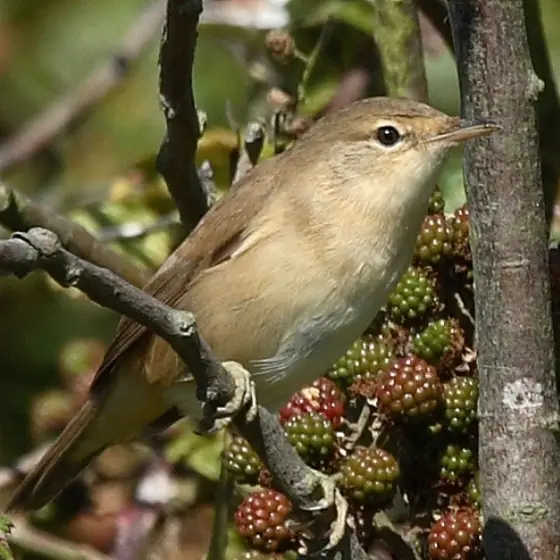
Yet, despite this stable classification, significant changes in their migration patterns have been observed, likely due to climate change. Reports signal that Garden Warblers are now arriving in Europe earlier than historical data suggests, while juvenile birds are departing almost two weeks later than noted in the 1980s. This timing shift represents more than just intrigue; it speaks to the resilience of species adapting to environmental changes.
- Conservation Insights:
- Global population: Approximately 41-68 million mature individuals.
- Significant shifts in migration patterns, tied to climate variables.
Although the Garden Warbler remains stable in terms of conservation statuses like being classified as Green under the Birds of Conservation Concern 5 in the UK, monitoring their patterns becomes increasingly vital. With shifts in timing and behavior, there is a pressing call to better understand and protect their habitats.
Differences Between the Garden Warbler and Similar Species
When examining the Garden Warbler alongside similar species, notably the Eurasian Blackcap (Sylvia atricapilla), distinct differences emerge that highlight its unique ecological niche. The most striking difference is their appearance; while the Blackcap is characterized by a distinctive black cap on males, Garden Warblers present a more understated, uniform look, with unstreaked olive-brown upperparts and dull white underparts.
- Comparison Table:
| Feature | Garden Warbler | Eurasian Blackcap |
|---|---|---|
| Appearance | Plain, olive-brown upperparts | Black cap (males), brownish (females) |
| Song | Mellow, longer, continuous warble | Shorter, sharper phrases |
| Habitat | Prefers dense, secretive areas | More versatile, can appear in gardens |
| Behavior | More hidden and shy | Often easier to spot |
The songs of these species also differ; the Garden Warbler’s longer, mellower melody contrasts with the Blackcap’s more abrupt and variable phrases. While both species can inhabit similar environments, the Garden Warbler’s secretive behavior can make it more challenging to observe compared to the more conspicuous Blackcap. This nuanced understanding of their differences serves to deepen appreciation for the diversity present within the warbler family.
Role in Ecosystem of the Garden Warbler
The role of the Garden Warbler (Sylvia borin) within its ecosystem is multifaceted, primarily marked by its influence as an insectivore. By consuming a wide range of insects, particularly during the breeding season, Garden Warblers help maintain ecological balance and control insect populations. Their feeding habits are akin to a natural pest control service, contributing to the health and vitality of their habitats.
In addition to their role as predators, Garden Warblers play an essential part in the dispersal of seeds. As their dietary habits shift towards fruits and berries during migration, they inadvertently assist in propagating various plant species. Imagine them as unwitting gardeners carrying seeds in their digestive tracts and spreading them across vast landscapes as they travel. This symbiotic relationship enriches the biodiversity of the areas they inhabit, particularly in deciduous forests and scrublands.
- Ecosystem Contributions:
- Insect control: Maintains balance in insect populations.
- Seed dispersal: Aids in plant propagation, enhancing biodiversity.
In this context, the Garden Warbler emerges as a crucial component of its ecosystem, intertwining its survival and that of countless other species. Their presence not only embodies the beauty of biodiversity but also underscores the intricate connections that define the natural world.
Observing Garden Warblers in the Wild
Observing Garden Warblers in their natural habitat can be a rewarding yet challenging endeavor. These birds often shy away from open areas, preferring dense vegetation, which offers them not only safety from predators but also the vital resources needed for foraging. Birdwatchers often find themselves on the edges of woodlands, thickets, and areas populated with dense undergrowth, listening intently for the melodious songs that fill the air during the breeding season.
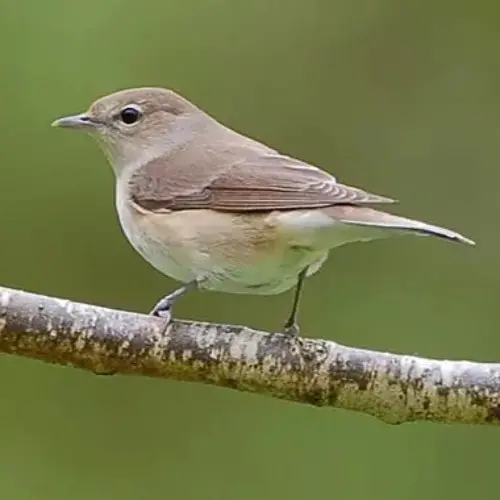
The best time to observe these elusive birds is typically from April to July, when males are most active in establishing their territories. During these months, the sweet melodies ring throughout their habitats, gently guiding enthusiasts towards their hidden presence. Observing their behaviors during this period offers invaluable opportunities to connect with nature providing insights into their daily rhythms and interactions.
- Tips for Birdwatching:
- Visit locations with dense shrubbery and woodland edges.
- Conduct observations during early mornings for increased activity.
- Listen for their distinctive songs to locate their presence.
Additionally, keeping an eye on migration patterns can be particularly enlightening. Research suggests that Garden Warblers are arriving in Europe earlier than in previous years, a palpable reminder of how climate change impacts avian behavior. Witnessing these patterns firsthand could enhance one’s understanding of the adaptability within the natural world.
The Garden Warbler is more than just a bird; it is a symbol of the intertwining relationships pervasive in nature. With its unique adaptations, songs that resonate with the tranquility of summer, and ecological contributions, this modest songbird serves as a delicate thread in the fabric of the ecosystems it inhabits. As the world shifts and changes, the stories told through the life of the Garden Warbler remind us of the beauty and resilience found within nature, calling us to protect it.
In conclusion, the Garden Warbler (Sylvia borin) embodies the interconnectedness and resilience found within ecosystems. Through its habitat, dietary choices, breeding behaviors, and migration patterns, this bird reveals stories of adaptability, survival, and the rhythms of nature. As we observe these charming birds, it becomes evident that the delicate balance of life is worth preserving, reminding us of our shared responsibility to protect the intricate web of life they represent.





